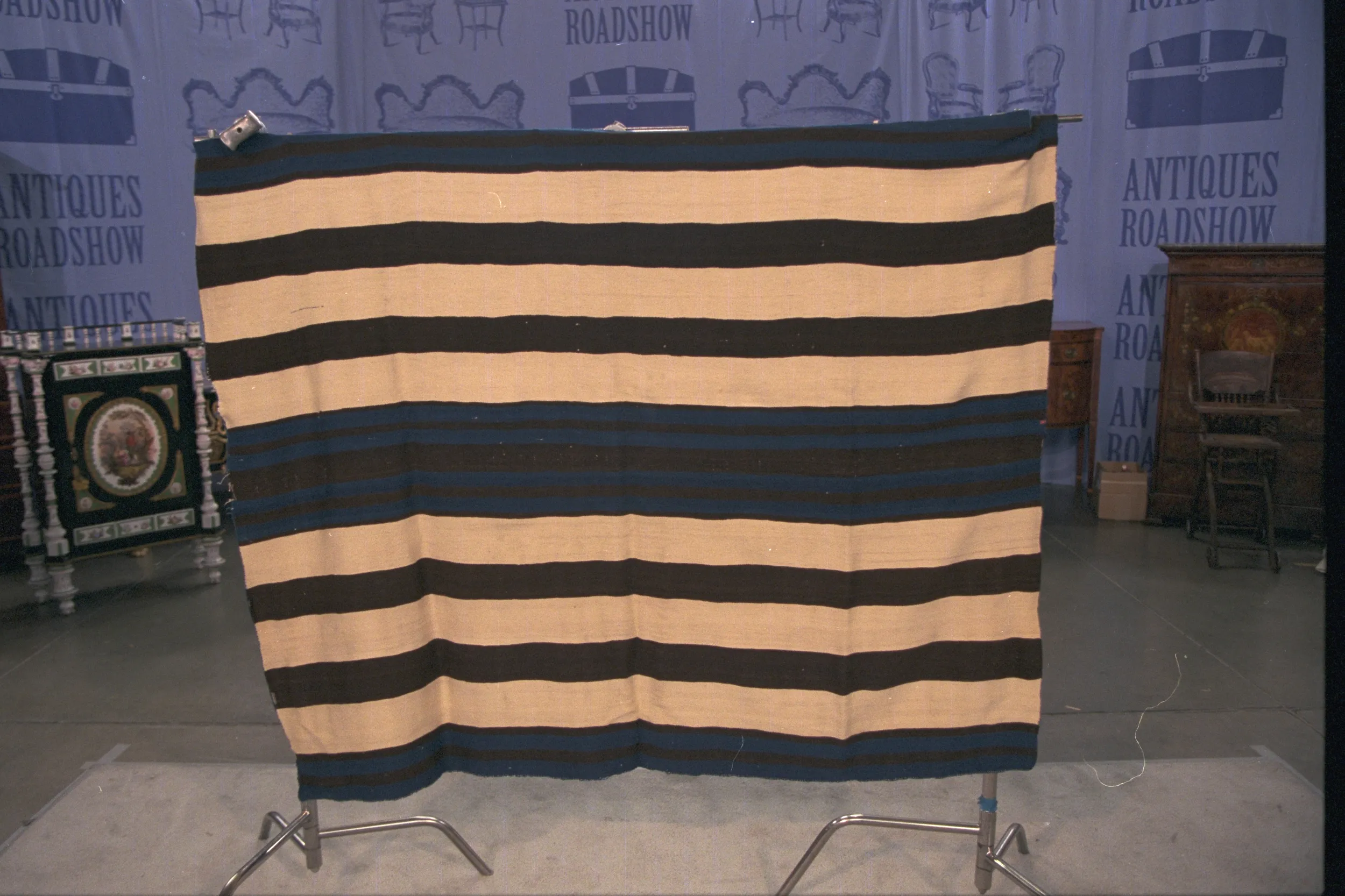GUEST: The lady that made it was my great-great-grandaunt.
APPRAISER: Okay, and the great thing about it is, too, it tells where she was living at the time that she did it. If you look right across the top here, it says right next to her name, "Newtown, Connecticut." And the other thing that she talks about over here is when her father and mother were married in the 1820s, and this has her birthdate.
GUEST: 1822.
APPRAISER: 1822, yeah. And then it's got a couple of other siblings there.
GUEST: Two more sisters.
APPRAISER: Right. Unfortunately, her father died at the age of what, 38. This is a schoolgirl's sampler. Back in the 18th and even up through the mid 19th century, there were schools that taught young girls how to do this, and if you were a dutiful young lady in your family, you would go to school, and by doing this and proving that you could do this real complicated needlework, you were basically proving that you had the discipline to become a good wife. (laughs) Which is kind of ironic. Not exactly a new-millennium approach to womanhood, but that's the way it was back then. And the other thing that's really cool about this, that I love, is the fact it was the great strawberry border, has wonderful decorative elements-- houses, got Adam and Eve over here-- she was using silk thread on linen. In my opinion, she left this area up here blank originally to do family history. There's a word in the trade we use, called a keeper. In other words, if you could get this, you would keep it, because it's such a good thing. It's not glued down. That was the one thing I was concerned about. Lots of times, they glue these down to a board, and it's still floating. And we had a discussion at the folk art table. We felt like its value is around $30,000 or $40,000.
GUEST: $30,000 or $40,000?
APPRAISER: Yeah, yeah.
GUEST: You're kidding!
APPRAISER: Pretty good surprise for the day, huh?
GUEST: I think I should have it insured.
APPRAISER: You might want to do that.








